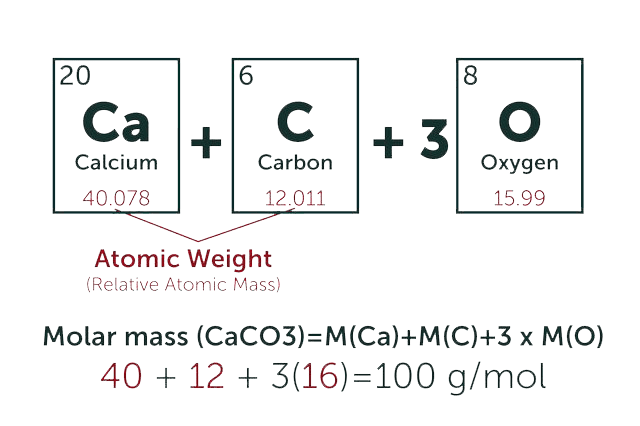Concanamycin A
* Please be kindly noted products are not for therapeutic use. We do not sell to patients.

| Category | Antibiotics |
| Catalog number | BBF-01733 |
| CAS | 80890-47-7 |
| Molecular Weight | 866.09 |
| Molecular Formula | C46H75NO14 |
| Purity | >99% by HPLC |
Online Inquiry
Description
It is produced by the strain of Streptomyces diastatochromogenes. It has antifungal, antiviral, immunosuppressive, cytotoxic and other activities, and is a specific inhibitor of V-type ATPase (Ki=0.02 nmol/L), which is an important tool for biochemical research.
Specification
| Synonyms | Folimycin; concanamycin a; Antibiotic X 4357 B; Antibiotic S-45A; X 4357B; (3Z,5E,7R,8R,9S,10S,11R,13E,15E,17S,18R)-18-[(1S,2R,3S)-3-[(2R,4R,5S,6R)-4-[[4-O-(Aminocarbonyl)-2,6-dideoxy-β-D-arabino-hexopyranosyl]oxy]tetrahydro-2-hydroxy-5-methyl-6-(1E)-1-propen-1-yl-2H-pyran-2-yl]-2-hydroxy-1-methylbutyl]-9-ethyl-8,10-dihydroxy-3,17-dimethoxy-5,7,11,13-tetramethyloxacyclooctadeca-3,5,13,15-tetraen-2-one |
| Storage | -20 °C |
| IUPAC Name | [(2R,3S,4R,6R)-6-[(2R,4R,5S,6R)-2-[(2S,3R,4S)-4-[(2R,3S,4E,6E,9R,10S,11S,12R,13R,14E,16Z)-11-ethyl-10,12-dihydroxy-3,17-dimethoxy-7,9,13,15-tetramethyl-18-oxo-1-oxacyclooctadeca-4,6,14,16-tetraen-2-yl]-3-hydroxypentan-2-yl]-2-hydroxy-5-methyl-6-[(E)-prop-1-enyl]oxan-4-yl]oxy-4-hydroxy-2-methyloxan-3-yl] carbamate |
| Canonical SMILES | CCC1C(C(CC(=CC=CC(C(OC(=O)C(=CC(=CC(C1O)C)C)OC)C(C)C(C(C)C2(CC(C(C(O2)C=CC)C)OC3CC(C(C(O3)C)OC(=O)N)O)O)O)OC)C)C)O |
| InChI | InChI=1S/C46H75NO14/c1-13-16-34-28(7)37(58-38-22-33(48)43(31(10)57-38)60-45(47)53)23-46(54,61-34)30(9)41(51)29(8)42-35(55-11)18-15-17-24(3)19-26(5)39(49)32(14-2)40(50)27(6)20-25(4)21-36(56-12)44(52)59-42/h13,15-18,20-21,26-35,37-43,48-51,54H,14,19,22-23H2,1-12H3,(H2,47,53)/b16-13+,18-15+,24-17+,25-20+,36-21-/t26-,27-,28-,29+,30+,31-,32+,33-,34-,35+,37-,38+,39+,40-,41-,42-,43-,46-/m1/s1 |
| InChI Key | DJZCTUVALDDONK-HQMSUKCRSA-N |
| Source | Streptomyces sp. |
Properties
| Appearance | Colorless Flaky Crystal |
| Antibiotic Activity Spectrum | Fungi; Viruses |
| Boiling Point | 966.4±65.0 °C (Predicted) |
| Melting Point | 162-163.5 °C |
| Density | 1.20±0.1 g/cm3 (Predicted) |
| Solubility | Soluble in Methanol, Ethanol, DMF, DMSO; Poorly soluble in Water |
Reference Reading
Recommended Products
| BBF-04655 | Exatecan Mesylate | Inquiry |
| BBF-05886 | Notoginsenoside R1 | Inquiry |
| BBF-00968 | Homoalanosine | Inquiry |
| BBF-02576 | Pneumocandin B0 | Inquiry |
| BBF-00693 | Ansamitocin P-3 | Inquiry |
| BBF-05827 | Spliceostatin A | Inquiry |
Bio Calculators
* Our calculator is based on the following equation:
Concentration (start) x Volume (start) = Concentration (final) x Volume (final)
It is commonly abbreviated as: C1V1 = C2V2


